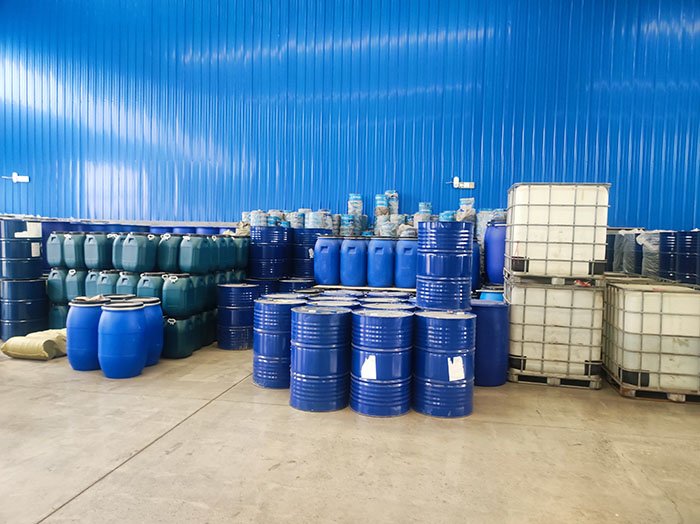The dosage of asphalt anti sticking and isolation agent is usually adjusted according to specific construction conditions and requirements. The following are general reference ranges and influencing factors:
1. Conventional dosage range
Spraying construction: about 0.1~0.3 kg/m ² (depending on the pressure and uniformity of the spraying equipment).
Manual brushing: about 0.2~0.4 kg/m ² (brushing may consume more materials to ensure coverage).
2. Influencing factors
Surface roughness: For rough surfaces (such as gravel base), the dosage should be increased to 0.3~0.5 kg/m ².
Environmental temperature: The isolation agent may evaporate quickly at high temperatures, and it is necessary to increase the dosage or reapply appropriately.
Construction process: Mechanized spraying saves more materials, while manual operation incurs higher losses.
Product concentration: Different brands or models of isolation agents have different effective ingredients, which need to be adjusted according to the manufacturer's instructions.
3. Precautions
Uniform coverage: Based on the formation of a complete thin film, avoid excessive local waste or pollution.
Test verification: It is recommended to conduct a small area test before the first use to confirm the anti sticking effect and dosage.
Environmental requirements: Some projects may limit the use of solvent based products and require the selection of water-based or low volatility products.
4. Practical application examples
Asphalt paver hopper anti sticking: usually 0.15~0.25 kg/m ².
Template demolding: 0.2~0.3 kg/m ² (wooden templates absorb a lot of liquid and need to be increased).
It is recommended to refer to the product manual and determine the optimal dosage based on on-site testing, balancing economy and functionality.


